Human behavior has always fascinated us. Some people shine in a crowd, while others prefer calm and quiet corners. Some can easily balance between the two, and a few seem to switch completely depending on their mood. These differences are often explained through personality types introvert, extrovert, ambivert, and omnivert.
But what do these terms really mean? Are they fixed labels or just flexible ways of understanding ourselves? Let’s explore each one in detail and see how they shape our lives. Do not forget to check out the introverted extrovert myers briggs.
Introvert
Introverts are people who feel most comfortable and recharged when they are alone or in calm, low-key environments. Social interactions are not impossible for them, but too much of it can drain their energy.
Common traits of introverts:
-
Prefer small groups or one-on-one conversations instead of big crowds.
-
Need quiet time after socializing to recharge.
-
Think carefully before speaking or acting.
-
Often enjoy deep conversations over small talk.
-
Feel more productive working independently.
An introvert might be the kind of person who chooses a cozy evening with close friends over a loud party. They might appear quiet at first, but when you get to know them, you’ll often find thoughtful and meaningful perspectives.
Extrovert
Extroverts are the opposite in many ways. They gain energy from being around people, engaging in conversations, and exploring new environments. For them, social interaction is not draining it’s fuel.
Common traits of extroverts:
-
Feel energized after parties, events, or group activities.
-
Enjoy meeting new people and striking up conversations.
-
Thrive in lively, stimulating environments.
-
Often speak their thoughts out loud rather than keeping them inside.
-
Like variety, teamwork, and group projects.
An extrovert may be the first to grab the mic at karaoke or the one organizing a weekend trip for the entire group. Silence or too much solitude can make them restless, as they usually prefer engagement and activity.
Ambivert
Not everyone is completely introverted or extroverted. Many people fall in the middle, which is where the term ambivert comes in. Ambiverts show a balanced mix of both traits depending on the situation.
Common traits of ambiverts:
-
Comfortable being alone but also enjoy socializing.
-
Adapt to different situations talkative in a friendly group, quiet in unfamiliar settings.
-
Know when to speak and when to listen.
-
Do not feel strongly attached to one extreme; balance feels natural.
For example, an ambivert may love attending a birthday party and chatting with everyone, but also look forward to spending the next day quietly reading or relaxing. They can blend into different environments and are often good communicators because they understand both sides.
Omnivert
Omniverts are a little different from ambiverts. Instead of showing a consistent balance, they swing between extremes. At times, they can behave like complete extroverts, seeking company and energy. At other times, they withdraw completely, behaving like introverts.
Common traits of omniverts:
-
Switch between being highly social and completely reserved.
-
Their behavior often depends on mood, energy level, or environment.
-
Friends may find them unpredictable sometimes the life of the party, other times totally quiet.
-
Recharge differently depending on how they feel at that moment.
An omnivert may enjoy being the center of attention during a group dinner one week and refuse all social plans the next. They are not “balanced” like ambiverts, but instead experience a stronger flip between introversion and extroversion.
Also read - Omnivert vs. Ambivert
Comparison in Short
Here’s a quick way to see the differences between all four types:
-
Introvert: Feels energized by being alone, enjoys quiet, and prefers smaller groups.
-
Extrovert: Feels energized by socializing, loves interaction, and seeks stimulation.
-
Ambivert: Balanced can enjoy both social time and solitude, adapts easily.
-
Omnivert: Shifts between extremes sometimes fully introverted, sometimes fully extroverted.
Think of it like this: introverts and extroverts are at opposite ends of a line, ambiverts sit comfortably in the middle, and omniverts swing back and forth between the ends. You should know abou the introverted feeling vs extroverted feeling.
Why It Matters
Understanding these personality types isn’t just about labels. It helps us improve how we live, work, and build relationships.
In personal life:
-
Introverts may need partners and friends who respect their space.
-
Extroverts thrive with people who match their energy or support their social lifestyle.
-
Ambiverts often serve as bridges in mixed groups, adjusting comfortably.
-
Omniverts need understanding when their moods change and their preferences shift.
In the workplace:
-
Introverts may excel in roles requiring focus, planning, or deep thinking.
-
Extroverts often shine in leadership, teamwork, or customer-facing positions.
-
Ambiverts bring balance they can collaborate but also handle solo tasks well.
-
Omniverts may be highly dynamic, but they need flexibility to match their changing energy levels.
In self-care:
-
Introverts recharge by scheduling downtime.
-
Extroverts need regular social contact to feel satisfied.
-
Ambiverts benefit from balancing both activities and rest.
-
Omniverts need to recognize when they’re swinging too far and manage their energy wisely.
neuroVIZR-Connected Pitch Content
 “Whether you’re an introvert who needs calm to recharge, an extrovert who thrives on social energy, or an ambivert/omnivert balancing both worlds, one thing is clear: your brain constantly manages stimulation. neuroVIZR was designed to support this process helping you regulate energy, improve focus, and feel more balanced no matter your personality type.
“Whether you’re an introvert who needs calm to recharge, an extrovert who thrives on social energy, or an ambivert/omnivert balancing both worlds, one thing is clear: your brain constantly manages stimulation. neuroVIZR was designed to support this process helping you regulate energy, improve focus, and feel more balanced no matter your personality type.
Introvert vs Extrovert vs Ambivert vs Omnivert
|
Personality Type |
How They Recharge Energy |
Social Behavior |
Key Strengths |
Common Struggles |
|
Introvert |
Recharge by spending time alone |
Prefer small groups or one-on-one conversations |
Deep thinkers, good listeners, focused |
May feel drained in crowds, struggle with networking |
|
Extrovert |
Recharge by being around people |
Love large groups, parties, and social interactions |
Outgoing, enthusiastic, good at networking |
May struggle with alone time, can act impulsively |
|
Ambivert |
Recharge through both social time and solitude depending on mood |
Flexible in social settings, can enjoy both crowds and quiet |
Adaptable, balanced approach, good communicators |
Sometimes confused about what they truly prefer |
|
Omnivert |
Energy levels shift dramatically based on situation |
At times highly social, other times completely withdrawn |
Can fit in anywhere, versatile, dynamic |
Inconsistent energy, unpredictable for others |
Final Thoughts
These labels aren’t boxes to trap yourself in but tools to better understand how you respond to people, energy, and environments.
What really matters is self-awareness. When you know your natural tendencies, you can set healthier boundaries, play to your strengths, and improve areas that challenge you. Whether you are an introvert, extrovert, ambivert, or omnivert, your uniqueness is what shapes your personal growth, relationships, and success.
So instead of asking which type is “better,” ask yourself how can I use my personality to live more authentically and connect with others in a way that feels true to me?
FAQs
Is an omnivert a real thing?
Yes, the term omnivert is real, but it’s more commonly used in pop psychology than in formal psychology textbooks. It describes people who can swing between being very extroverted in some situations and deeply introverted in others. While not an official scientific category, it’s a useful way to understand personality shifts that many people experience.
What are the 4 types of Vert?
The four commonly discussed personality types are:
-
Introvert: Gains energy from solitude.
-
Extrovert: Gains energy from social interaction.
-
Ambivert: A balance of introvert and extrovert traits.
-
Omnivert: Shifts between extreme introversion and extroversion depending on the situation.
Who is better, ambivert or omnivert?
Neither is “better” because both come with their own strengths. Ambiverts are more balanced and consistent, which helps them adapt smoothly in most situations. Omniverts, on the other hand, can be highly dynamic, sometimes fully social and sometimes completely reserved, which makes them versatile but less predictable. It depends on what feels natural to you.
Is omnivert rare?
Omniverts are considered less common than introverts, extroverts, or ambiverts. Not everyone shifts to such extremes, so the label often applies to a smaller group of people. However, personality exists on a spectrum, so many people may show omnivert tendencies at different stages of life or in specific circumstances.










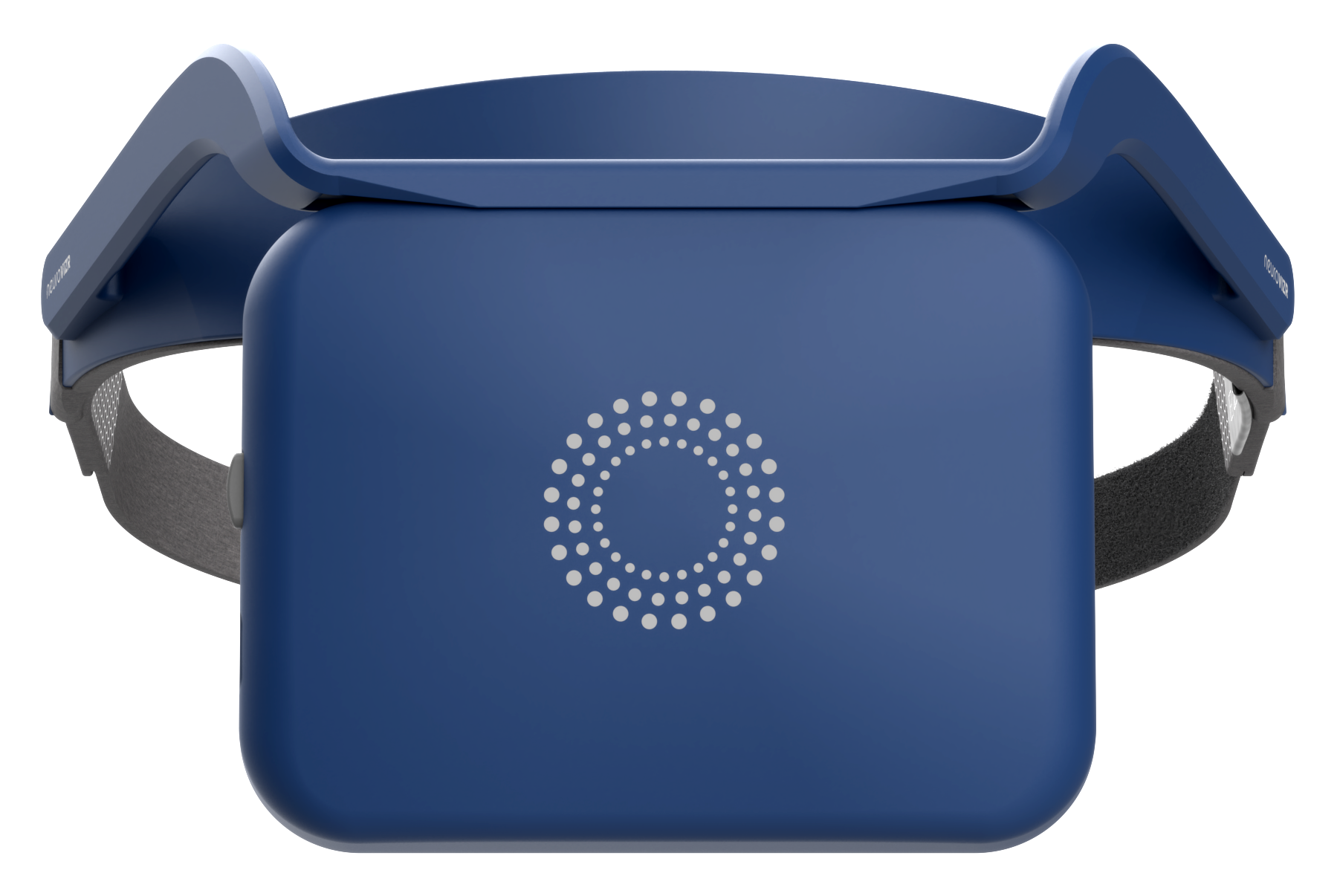

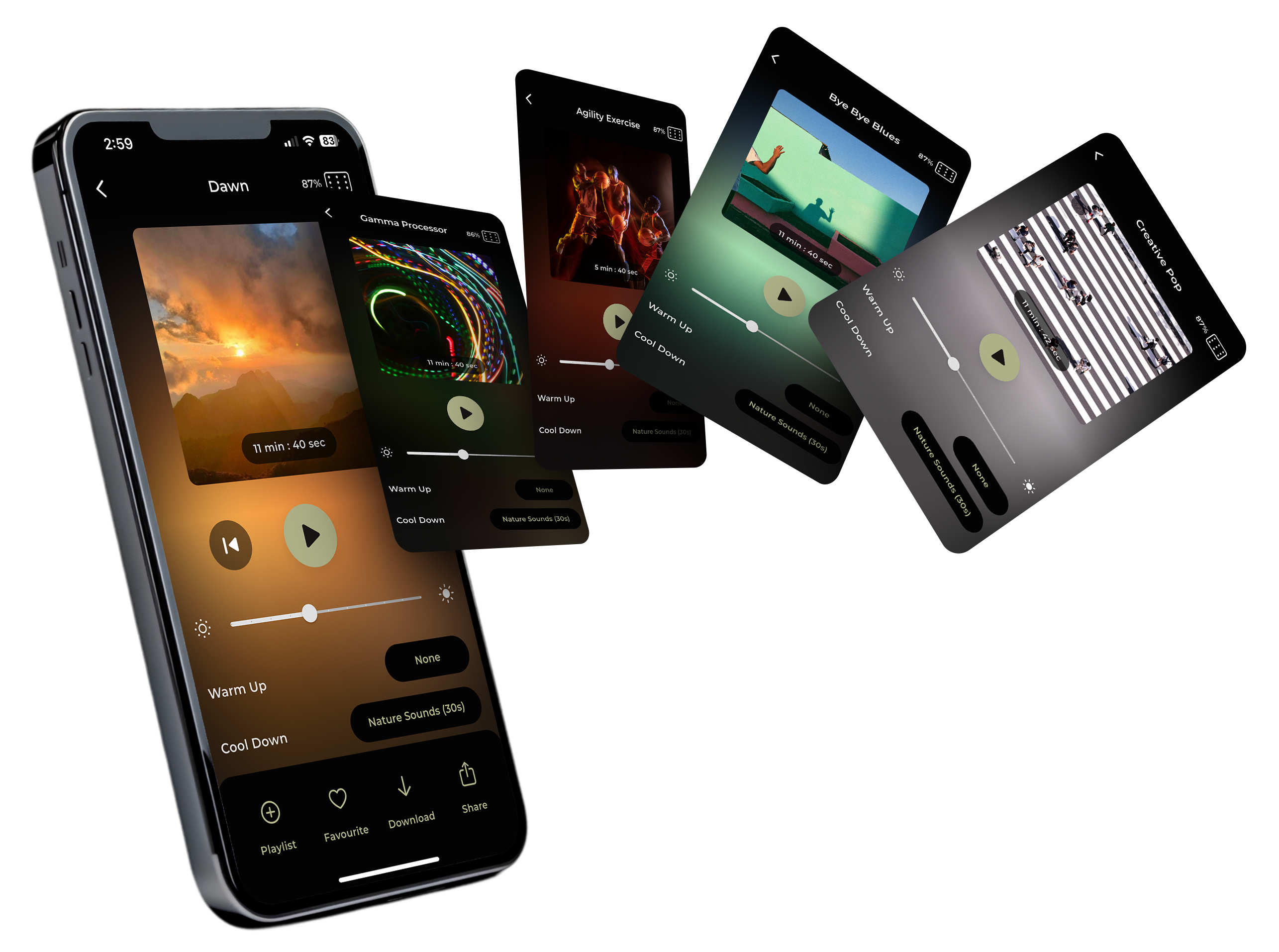
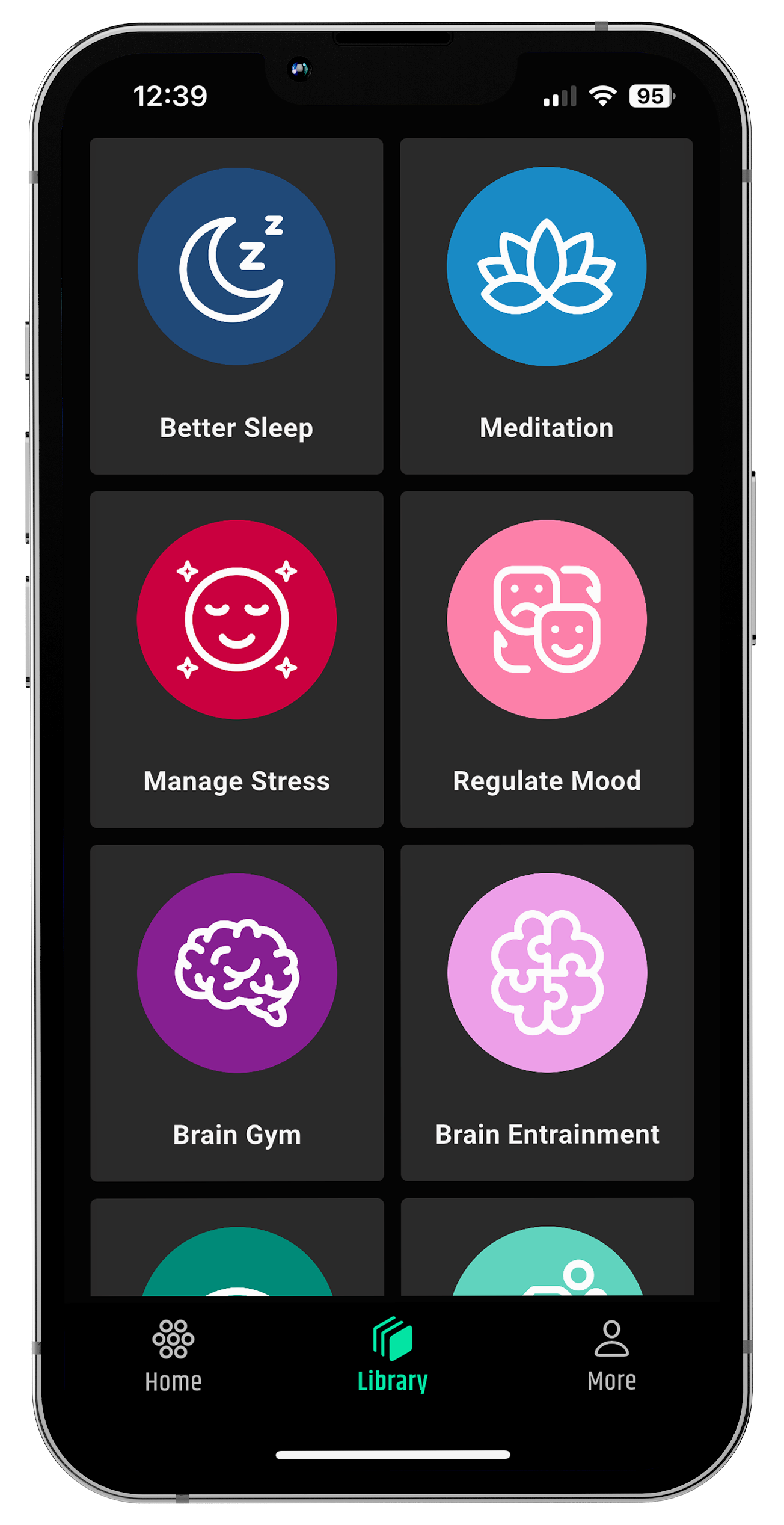

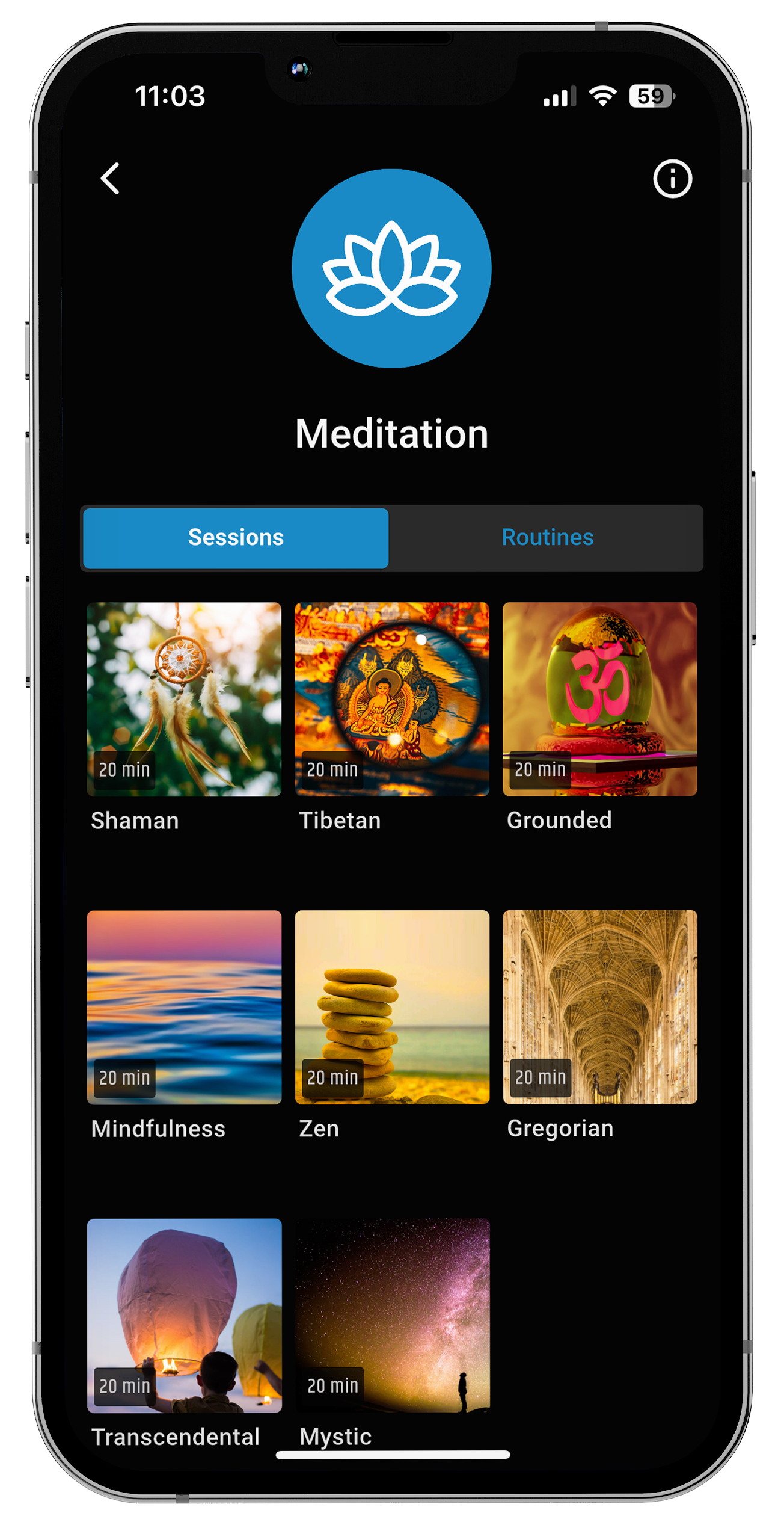
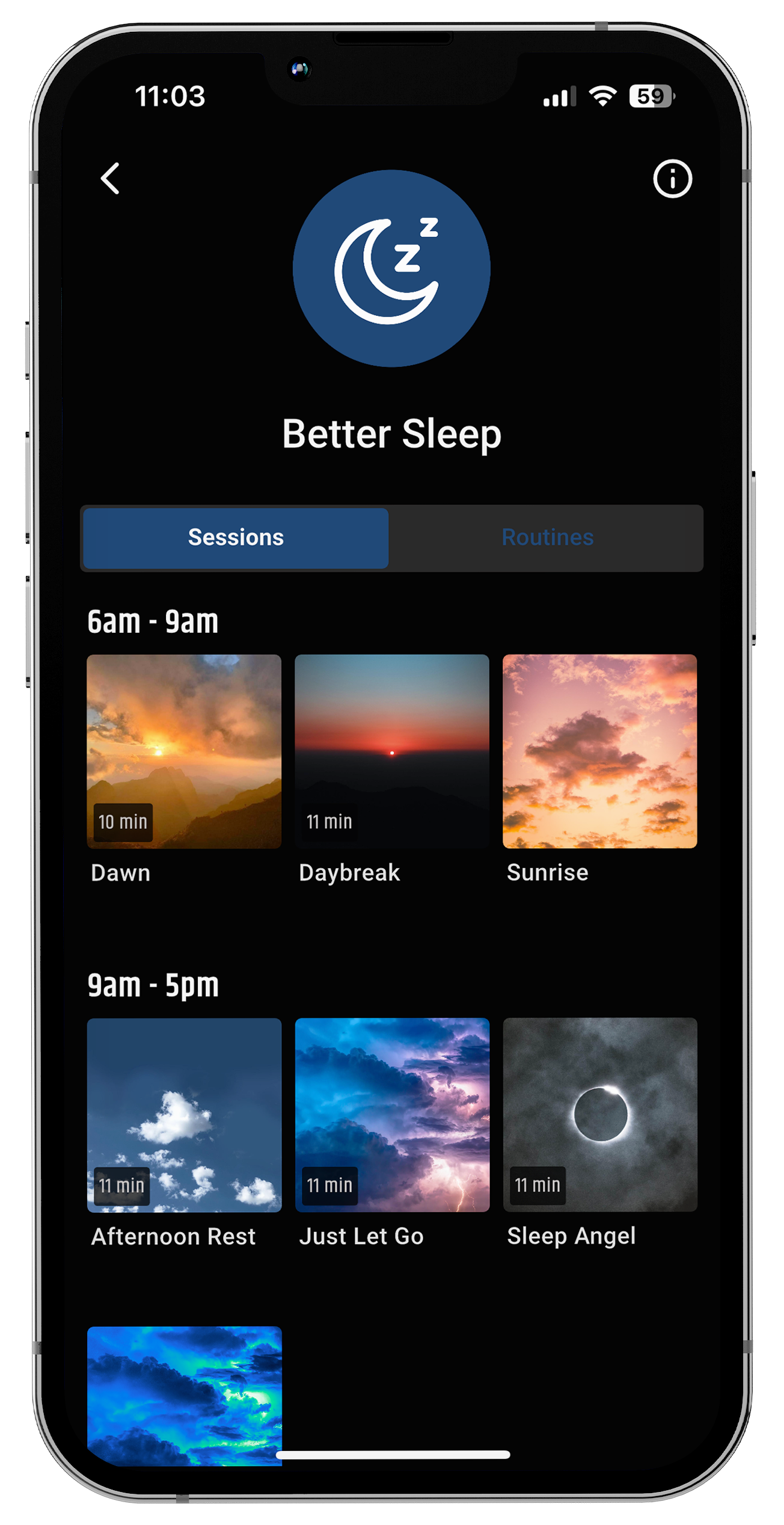

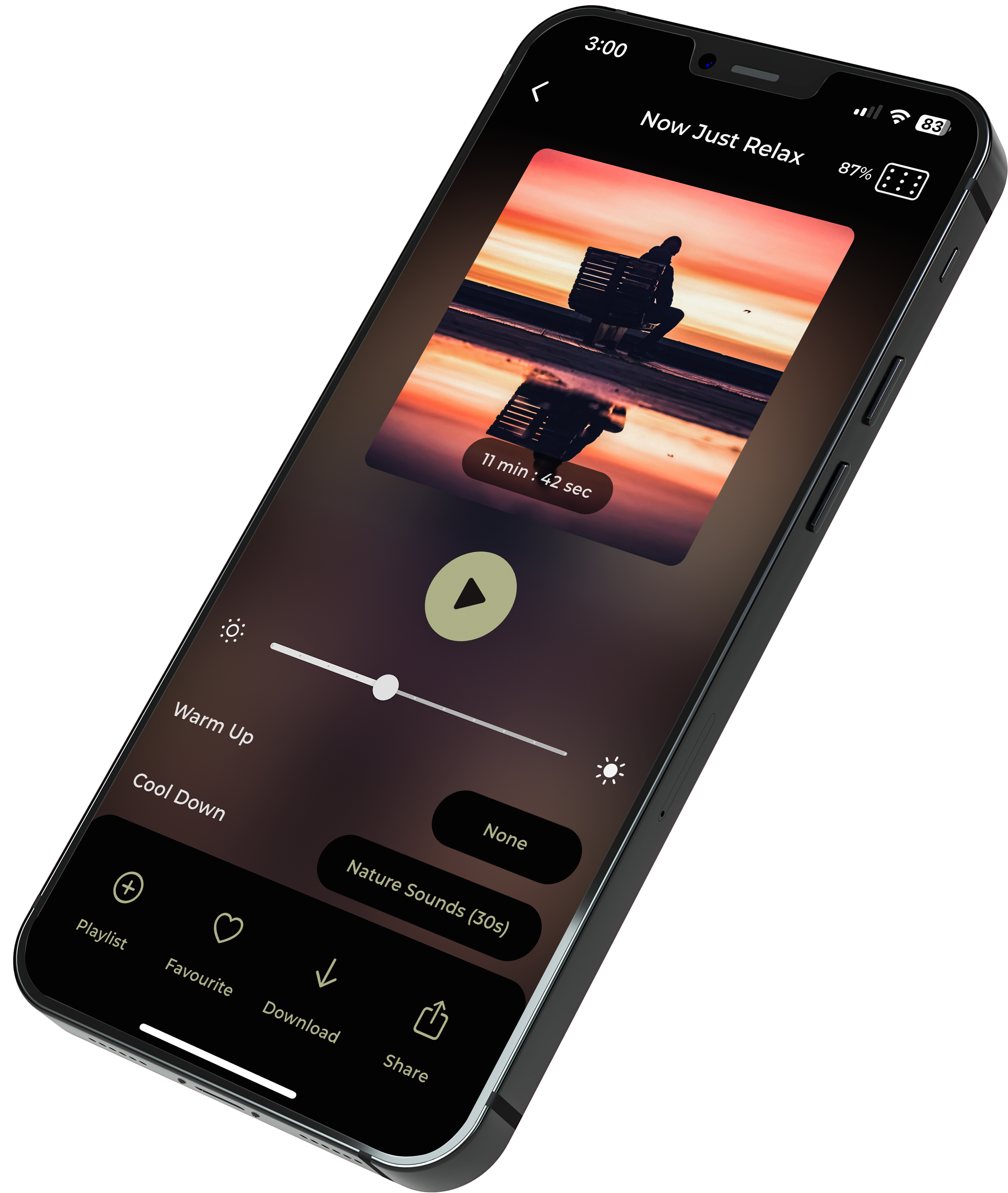








Share:
Extraversion and Extroversion: What’s the Difference and Which One Should You Use?
Omnivert vs Ambivert: What’s the Difference?